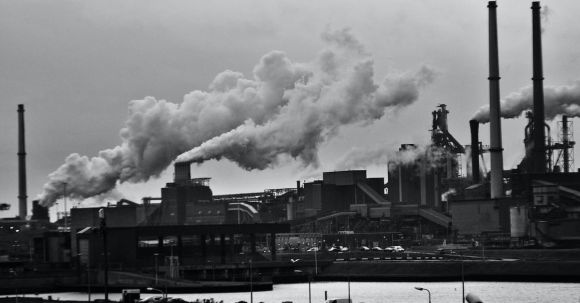The Industrial Revolution, which began in the late 18th century and continued into the 19th century, brought about significant changes in society. This period marked the transition from an agrarian and handicraft-based economy to one dominated by machine manufacturing and mass production. The impacts of the Industrial Revolution on society were profound and far-reaching, shaping the world we live in today. In this article, we will explore some of the key impacts of this transformative period.
Economic Transformation
One of the most notable impacts of the Industrial Revolution was the economic transformation it brought about. Prior to this period, most goods were produced by skilled artisans in small workshops. However, with the advent of mechanized production and the use of steam power, factories emerged as the primary centers of production. This shift led to increased productivity and the mass production of goods, resulting in a significant rise in economic output.
Urbanization
The Industrial Revolution also had a profound impact on the spatial distribution of the population. As factories emerged, people flocked to urban areas in search of employment opportunities. This mass migration from rural to urban areas led to rapid urbanization and the growth of cities. Unfortunately, the living conditions in these new urban centers were often deplorable, with overcrowded housing, inadequate sanitation, and poor working conditions. These challenges gave rise to social problems and sparked movements for workers’ rights and social reform.
Technological Advancements
The Industrial Revolution was characterized by a wave of technological advancements that revolutionized production processes. Steam engines, powered by coal, were a crucial innovation during this period, as they provided a reliable and efficient source of power for machines. Other notable technological advancements included the development of the spinning jenny and the power loom, which mechanized the textile industry, and the invention of the steam locomotive, which revolutionized transportation.
Social Stratification
The Industrial Revolution also led to the emergence of a new social order. The shift from an agrarian society to an industrial one created a divide between the working class and the bourgeoisie, or the industrial capitalists. The working class, comprising factory workers, faced harsh working conditions and low wages, while the bourgeoisie accumulated wealth and power. This social stratification gave rise to social tensions and class conflicts, which would later shape the political and social landscape of the 19th and 20th centuries.
Global Impact
The impacts of the Industrial Revolution were not confined to a single country or region. This period of rapid industrialization had far-reaching consequences on a global scale. The demand for raw materials and new markets for manufactured goods led to the expansion of colonial empires. European powers, in their quest for resources and markets, colonized vast territories in Africa, Asia, and the Americas. This colonization had profound and lasting impacts on the cultures, economies, and political systems of the colonized regions.
Conclusion: A Revolution that Changed the World
The Industrial Revolution was a transformative period in human history, bringing about significant changes in society. Its impacts were wide-ranging, from economic transformation and urbanization to technological advancements and social stratification. The Industrial Revolution also had a global impact, shaping the world we live in today. While it brought about unprecedented economic growth and technological progress, it also gave rise to social and environmental challenges that would persist for generations to come. The legacy of the Industrial Revolution continues to shape our world, reminding us of the power and consequences of human ingenuity and innovation.





